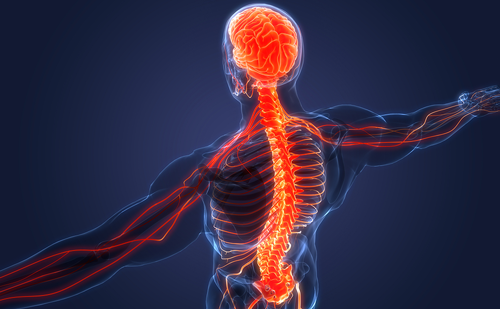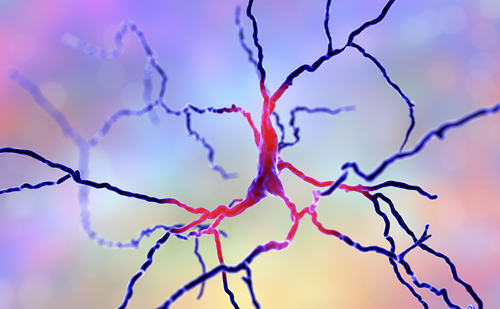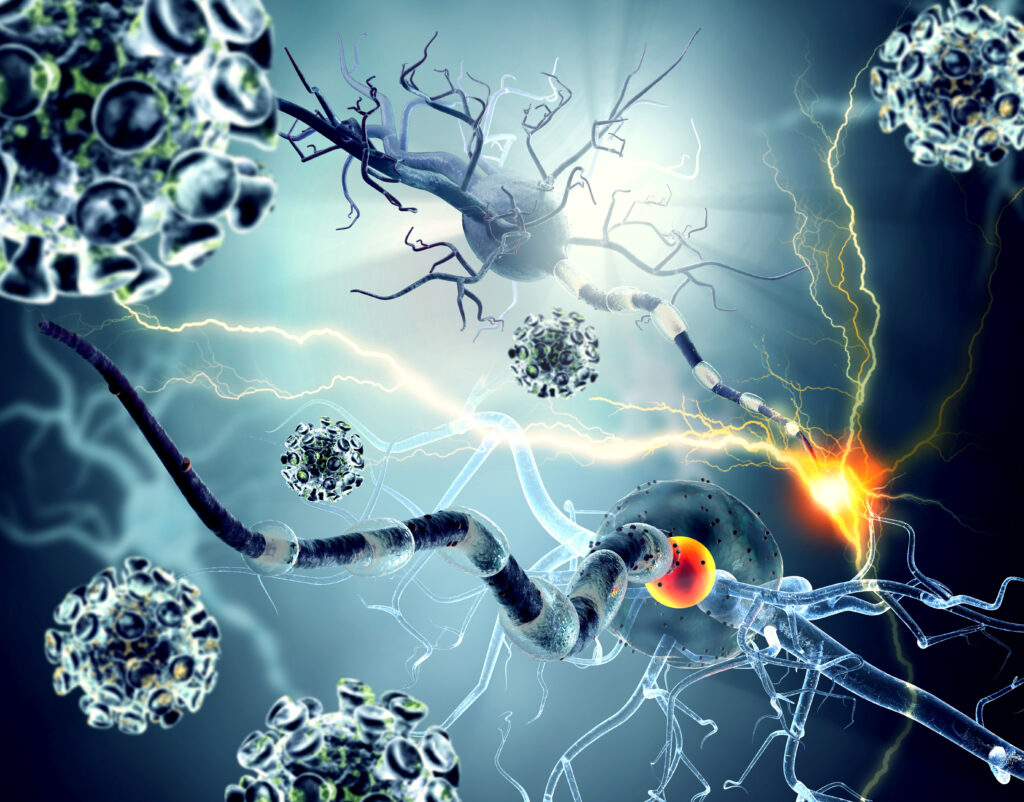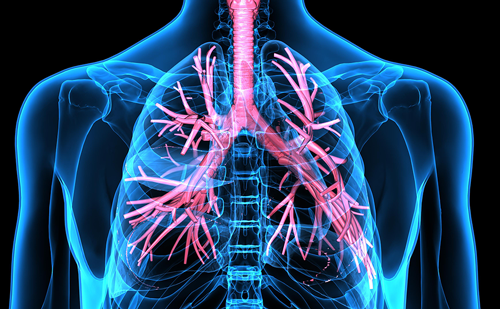Search Results
Showing Results for glial fibrillary acidic protein

Welcome to the latest edition of touchREVIEWS in Neurology. We are excited to present a collection of articles that showcase the latest advancements and diverse perspectives in neurological research and treatment. This issue features insightful reviews and editorials from esteemed ...

Neuromyelitis optica spectrum disorders (NMOSD) are a group of relapsing autoimmune diseases of the central nervous system. The clinical hallmarks of NMOSD are myelitis and optic neuritis; however, a wider clinical spectrum has been recognized.1 The majority of patients with ...

Neuromyelitis optica spectrum disorder (NMOSD) is a rare inflammatory autoimmune disease of the central nervous system (CNS) with a worldwide distribution.1 The first clinical description of NMOSD was made a century ago by Devic and Gault, who documented patients with ...

Multiple sclerosis (MS) is a complex disease that can pose significant challenges in diagnosis, monitoring and treatment. Over the years, the quest for more precise and accessible diagnostic tools has led to the exploration of different fluid biomarkers in cerebrospinal ...

The number of people living with Alzheimer’s disease is increasing in our aging population,1 highlighting the need for improved diagnostic criteria to identify the disease before the onset of dementia. Both positron-emission tomography (PET) imaging and cerebrospinal fluid (CSF) ...

First described by Willis in 1672 and described in more detail by Ekbom in 1945, restless legs syndrome (RLS) or Willis–Ekbom disease (WED) is defined as a sensorimotor disorder in which the initial sensory symptom consists of an irresistible urge to ...

Complex regional pain syndrome (CRPS) is a painful disorder of the extremities, characterised by sensory, autonomic, vasomotor, motor and trophic disturbances (see Figures 1 and 2). CRPS mostly occurs after a trauma, such as a fracture or an operation, but can also ...

Ischemic stroke remains the leading cause of adult disability in developed countries.1 Although clinical assessment is the key feature of patient management, additional tools such as biomarkers can be used to support a clinical diagnosis, identify patients at risk of ...

Management of neuropathic pain is a real clinical challenge. Current treatments focus on blocking neurotransmission and do not differentiate between different phases of neuropathic pain pathophysiology. The authors have recently shown that nerve-injury-induced neuropathic pain development requires matrix metalloprotease-9 and ...
Latest articles videos and clinical updates - straight to your inbox
Log into your Touch Account
Earn and track your CME credits on the go, save articles for later, and follow the latest congress coverage.
Register now for FREE Access
Register for free to hear about the latest expert-led education, peer-reviewed articles, conference highlights, and innovative CME activities.
Sign up with an Email
Or use a Social Account.
This Functionality is for
Members Only
Explore the latest in medical education and stay current in your field. Create a free account to track your learning.

